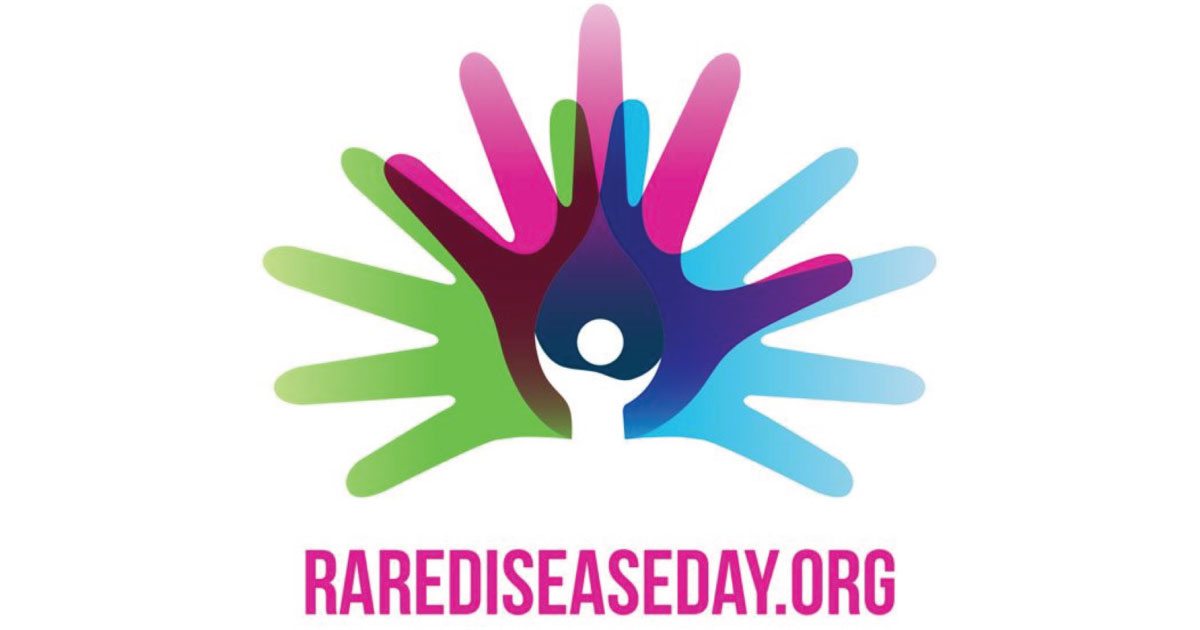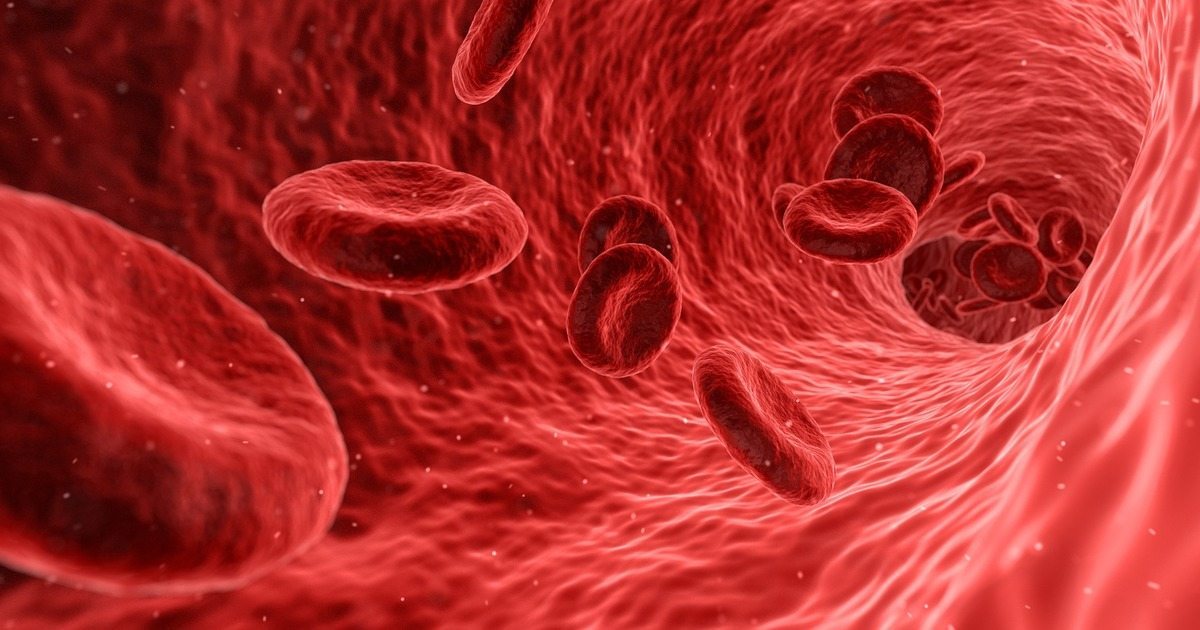Mesothelioma Help Cancer News

“Spider Web” of Proteins Could Lead to Novel Therapies for Mesothelioma
Researchers spend much of their time trying to find that one biomarker or protein to target to make a difference in the way lung cancer, mesothelioma and other cancers are treated. Proteins can drive many cancers, and finding a way to block cell proteins that fuel mesothelioma can make a difference for many patients. Now, researchers believe they have found a “vast spider web” of interactions between proteins that will lead to a new way to treat cancers.
According to a Feb. 16 press release from Emory University, a team of researchers looked closely at tumor suppressor genes that are known to escape drugs, leading the medical research field to call them “undruggable.” It was when looking at these, that the team determined in a set of 83 lung cancer-related proteins there were more than 260 interactions that were not known previously. Through a series of additional tests, they found that nearly 80 percent of the interactions were reliable.
“Our approach is to place tumor suppressors in the context of a network of cancer-associated proteins and link tumor suppressors to drugs through a known drug target protein,” says senior author Haian Fu, PhD. “In this way, changes in a tumor suppressor may be linked with the response of the target to the connected drug.”
The team illustrated the benefit of the interaction web by pinpointing one undruggable protein, Myc. They were able to connect that protein through two proteins, N3D3 and Brd4, along the web, finding that inhibitors have been developed for the Brd4 protein. This allows them to build a pathway, Brd4-NSD3-Myc, as a potential anti-cancer drug target.
Pleural mesothelioma is a rare, serious cancer affecting the lining of the lungs that occurs in individuals exposed to airborne asbestos fibers. Although pleural mesothelioma is distinguished by a large mass of interlocked tumors that blend in with healthy tissue, lung cancer is characterized by more distinct, individual tumors. Despite the differences, any research leading to new treatment options for lung cancer brings hope to all of the mesothelioma community.
Nearly 3,000 Americans are diagnosed with mesothelioma each year. The same number succumb to the incurable cancer.
The results can be found in the Feb. 16 issue of Nature Communications.

Mesothelioma Patient Steps Outside of His Comfort Zone
We all have our own space, our own routines that we are comfortable with- people, stores, our personal routines – that bring us comfort. Being diagnosed with mesothelioma can jolt you out of your comfort zone.
This week I saw a patient who had stepped way out of his comfort zone. He had been diagnosed with mesothelioma a few months ago and had planned to have his treatment locally. But after he researched mesothelioma and found an advocate who advised him to head to a mesothelioma treatment center, he ended up on a plane in order to increase his survival chances. He had come by himself, to a strange city, without his family, to see if there was another option for him.
What makes some people more willing to get out of their comfort zone than others? While researching this I came across an interesting article: “The Science of Breaking Out of Your Comfort Zone (and Why You Should),” by Alan Henry. In the article, Henry defines comfort zone as “a behavioral space where your activities and behaviors fit a routine and pattern that minimizes stress and risk. It provides a state of mental security. You benefit in obvious ways: regular happiness, low anxiety, and reduced stress.”
Your comfort zone is your comfort zone. It is neither a good thing or a bad thing. When it is necessary to come out of our comfort zone, though, how do you do it? Leaving it can cause increased anxiety and risk. This can be a good thing or a bad thing. Sometimes it is a little of both.
Our patient has done well this past week, navigating the system, having tests, communicating it all to his family back home. Was he nervous coming to the mesothelioma center by himself? Yes, he was, but he did it.
Coming to a strange city knowing that you have mesothelioma, a serious cancer, is an extreme example of stepping out of your comfort zone. Sometimes when we step out of our comfort zone we do things that we are not totally comfortable with, but we surprise ourselves and do things we would not otherwise have considered.
Changing things up can lead to personal growth – and may even improve your life!

Rare Disease Day Brings Mesothelioma into the Spotlight
MesotheliomaHelp will be joining the National Organization for Rare Disorders (NORD), and countless other organizations, in the fight to raise awareness of the more than 7,000 rare diseases on Rare Disease Day tomorrow, Feb. 28. For the ninth year, NORD will focus a spotlight on rare diseases as a global public health concern. Mesothelioma, an asbestos-related cancer, is one of the rare, or “orphan,” diseases or conditions affecting one in ten Americans.
In the United States an orphan disease status is assigned to a disease or disorder if it affects fewer than 200,000 Americans at any given time. In the case of mesothelioma, 3,000 Americans are diagnosed with the disease each year.
This year’s focus is on research. Research brings hope to people living with rare diseases and while there is ongoing research to find new treatments or a cure, many of the diseases still do not have effective treatments. There is no cure for mesothelioma and the cancer is resistant to many of the available treatments.
Rare Disease Day is an annual event observed worldwide on the last day of February dedicated to raising awareness among the general public and decision-makers about rare diseases and the impact on patients’ lives. The day was started in 2008 by EURORDIS-Rare Disease Europe. In 2016, more than 85 countries participated, including France, Canada, Greece, and first time participants Aruba, Tanzania, and Zimbabwe.
Expert Insight
NORD
People with rare diseases struggle to get a proper diagnosis, find information, and get treatment.
The organizers want to educate the public about the inequalities in medical care suffered by people with orphan diseases. According to NORD, patients with orphan diseases are often faced with difficulty in finding medical experts, delay in receiving an accurate diagnosis, and access to few, if any, treatment options. In the U.S., malignant mesothelioma patients often have to travel to large cities where the mesothelioma experts practice in order to receive adequate treatment.
Due to the relative rarity of mesothelioma, and other orphan diseases, managing the disease and trying to find appropriate treatment can be overwhelming to the patients and their families. In fact, according to government statistics, between 85 and 90 percent of orphan diseases are serious or life-threatening, yet only about 200 of them currently have any effective treatments.
Rare Disease Day 2017 activities in the U.S. include state legislature awareness events, a Handprints Across America photo gallery on the national website, and events in communities across the U.S.
For more information about Rare Disease Day activities in the U.S, see www.rarediseaseday.us. For information about global activities, see www.rarediseaseday.org.

Mesothelioma Patients Should be Aware Risk of Blood Clots
Pleural mesothelioma patients face a barrage of treatments and the inevitable side effects when managing their cancer. The aggressive, rare cancer of the lining of the lungs requires an equally aggressive treatment regimen to improve the survival for patients. However, mesothelioma patients should be aware of one complication of mesothelioma: blood clots.
The National Institutes of Health wants to educate people on the symptoms and dangers of deep vein thrombosis and offers steps to help patients reduce their chances of having a blood clot form in their veins. The NIH points out in its January issue of News in Health that clots can arise anywhere in your body, but the organization offers pointers in its feature article, “How to Spot and Prevent Deep Vein Thrombosis.”
“Deep vein thrombosis has classic symptoms—for example swelling, pain, warmth, and redness on the leg,” says Dr. Andrei Kindzelski, an NIH blood disease expert. “But about 30–40% of cases go unnoticed, since they don’t have typical symptoms.”
Mesothelioma patients are especially susceptible to blood clots, or deep vein thrombosis, due to the high doses of chemotherapy, limited mobility from fatigue and breathing difficulties, and the invasive surgeries that require significant time confined to a bed. Research has shown that blood clotting agents released by tumors, side effects of chemotherapy, and pre-existing health conditions such as obesity and anemia may all contribute to the development of blood clots.
Fortunately, with education, many physicians and patients are more aware of the risk, and some standard procedures have been put in place for mesothelioma patients. In a recent blog in “Nurse’s Corner,” Lisa Hyde-Barrett explains that after surgery mesothelioma patients are placed in pneumatic boots, that compress the legs to avoid blood clots; they undergo non-invasive ultrasounds of their extremities to look for any blood clots post-operatively; and they are encouraged to walk. Bed-ridden patients may be placed on an anti-coagulant subcutaneous injection to help prevent any clots. Researchers are also studying the possibility of reducing the risk of developing blood clots by adding blood thinner, such as heparin to their treatment.
Deep vein thrombosis occurs when a blood clot forms in one or more of the deep veins in your body, typically the legs. This is a serious condition because blood clots can break loose, travel through the bloodstream and lodge in the lungs, blocking blood flow, ultimately leading to death. According to the NIH article, “therapies aim to stop the blood clot from getting bigger, prevent the clot from breaking off and moving to your lungs, or reduce your chance of having another blood clot.” NIH scientists continue to research new medicines and better treatment options.
In a 2011 study, Duke University Medical Center researchers found that a serious side effect of chemotherapy may be the increased risk of blood clots. The Duke researchers found that developing a blood clot is more common among cancer patients than doctors realize. They found that as many as one in five cancer patients risk developing a blood clot within a year of receiving cancer treatments, with up to two percent of cases blood clots proving deadly.
Mesothelioma patients must be especially vigilant and can take some steps to reduce the chance of a blood clot forming in their veins. Get out of bed and move around as soon as possible after having surgery or being ill – the more active you are, the better your chance of avoiding a blood clot. Also, stay hydrated and watch out for leg swelling or leg pain. Take any medicines your doctor prescribes to prevent clots. Note that while a massage may be tempting, they are dangerous for cancer patients as they could dislodge a clot. Check with your doctor before receiving any form of massage therapy.
Discuss any concerns you may have about your mesothelioma care and your risk of blood clots with your doctor. To find out more read NIH’s January issue of News in Health.

Nurse Hopes Patients to Enjoy Long Lives
Living with mesothelioma as a chronic illness is progress for patients with this rare cancer. Mesothelioma treatment has progressed to the point that some patients are living for many years. For all in the mesothelioma community, this is gratifying. This week, I was fortunate to see a patient who has been living with mesothelioma for over six years. He is living and doing what he wants to do, enjoying life, his family and his work.
Diagnosed over six years ago, the man continues to aggressively seek treatment for his mesothelioma. Shortly after his initial diagnosis he had surgery. He had investigated his treatment options and decided to come to a mesothelioma center. His doctors back home at his local practice support him and help him manage the cancer. When the treatment does not require specialty care, his mesothelioma team at the treatment center work directly with his local care team and he is treated locally.
He has been across the country in his search for innovative new treatments for his mesothelioma. He has had recurrences and a variety of treatments. His treatments have included surgery, chemotherapy, immunotherapy and radiation therapy – IMRT. He is willing to travel wherever necessary so he can extend his life. He speaks matter-of-factly that he expects his cancer to come back, but he has the expectation that there will be another treatment available to him. He expects to recover and resume his life.
Every day he wakes up he expects to have a good day. He is educated about his disease, but he is in no way surrendering to it. He continues to reach out to other mesothelioma patients. He remains optimistic for living a long, busy life with mesothelioma as a chronic condition.
Everyone’s journey with mesothelioma is their own. This patient‘s approach works for him, but it might not work for someone else. As we share stories of surviving and thriving with mesothelioma we draw hope that his story will become the norm.
If you have questions about your mesothelioma treatment or any aspect of your mesothelioma care, please email me at [email protected].
Free Mesothelioma Patient & Treatment Guide
We’d like to offer you our in-depth guide, “A Patient’s Guide to Mesothelioma,” absolutely free of charge.
It contains a wealth of information and resources to help you better understand the condition, choose (and afford) appropriate treatment, and exercise your legal right to compensation.
Download Now